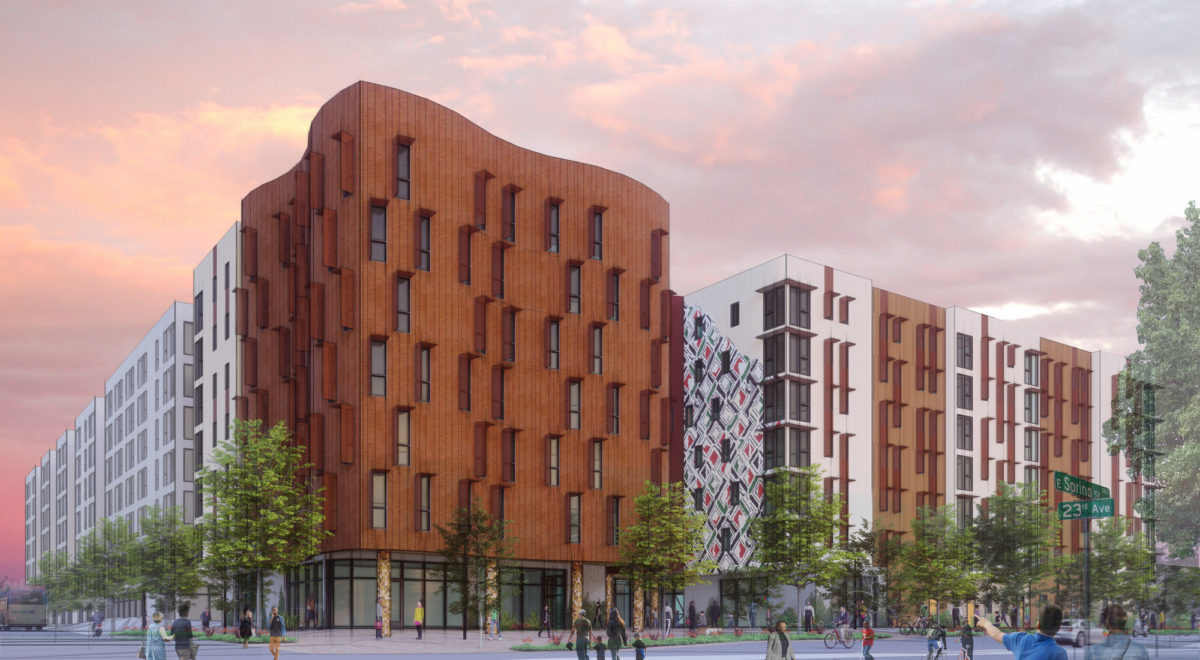GGLO leads the Africatown Plaza design team at 23rd & Union
May 4, 2020 / Seattle DJC
We use cookies to help you navigate efficiently and perform certain functions. You will find detailed information about all cookies under each consent category below.
The cookies that are categorized as "Necessary" are stored on your browser as they are essential for enabling the basic functionalities of the site. ...
Necessary cookies are required to enable the basic features of this site, such as providing secure log-in or adjusting your consent preferences. These cookies do not store any personally identifiable data.
Functional cookies help perform certain functionalities like sharing the content of the website on social media platforms, collecting feedback, and other third-party features.
Analytical cookies are used to understand how visitors interact with the website. These cookies help provide information on metrics such as the number of visitors, bounce rate, traffic source, etc.
Performance cookies are used to understand and analyze the key performance indexes of the website which helps in delivering a better user experience for the visitors.
Advertisement cookies are used to provide visitors with customized advertisements based on the pages you visited previously and to analyze the effectiveness of the ad campaigns.
May 4, 2020 / Seattle DJC

The mixed-use Africatown Plaza, now planned at 1100 23rd Ave., is being designed by GGLO and David Baker Architects of San Francisco. Its basic program is seven stories with 132 affordable units. Africatown will have about 2,000 sf of offices, about 2,500 sf of retail is intended for small local businesses. The total project size is estimated at 105,500 sf.
The two projects will be separated, by a public plaza and cross-block pedestrian path. Africatown Plaza’s early design, “The Tree,” has a courtyard facing Spring, giving it a C-shape. A community stage, water feature, and public art are planned for the courtyard entry plaza.
The west corner, at Spring and 23rd, could have a raised, undulating facade clad in some kind of organic material, presumably wood. GGLO says this would “express Afrocentric design principals and the Black American presence within the neighborhood.” Design cues include irregular wooden fencing used in Burkina Faso, basketry and textiles. The other 80% of the building facade will employ conventional cladding.